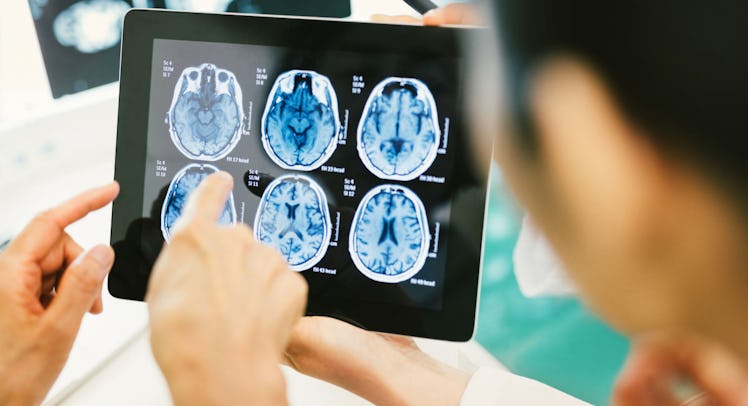Scientists Made Biomechanical Kid Heads To Beat The Hell Out Of
Bring to a head.

Head injuries in kids are challenging to study, and that causes problems for parents beyond permitting them to play football. This is because the information they have comes from real kids with real concussions, and that’s data nobody wants to recreate. Or do they? One group of researchers decided the best way to study the effects of head trauma was to make a bunch of child-sized biomechanical heads — and then beat the hell out of them.
The study, published in the Journal of Neurosurgery: Pediatrics looked at 233 pediatric patients, ages 5 to 18 — 182 of which had transient symptoms (symptoms that stopped within a few weeks), and 51 who had persistent symptoms (3 or more concussion-related symptoms that lasted more than 4 weeks). Patients and their parents completed detailed questionnaires about the level of impact, the surface area of the hit, and a detailed description of the event overall so experimenters could replicate it.
First, they modeled biomechanical heads after the patients’ craniums. Then they placed them on a monorail rig and dropped them at the estimated velocity on either concrete, hardwood, grass, ice, and other surfaces, depending on the documented incident. The pseudo heads were also given specific helmets when applicable (i.e. hockey helmets for ice falls). The heads had computational and finite element models inside them as well, in order to gauge factors like force, energy, and both the maximal and cumulative strain on brain tissue.
While they were unable definitively identify variables that separated transient symptoms from persistent ones, researchers observed higher brain tissue strain for lower energy and impact velocities than those in adults. In other words, kids are at higher risk from seemingly less serious events. “A take home for parents could be that long-term symptoms from a concussion may not be predictable from how hard they hit their head,” Dr. Andrew Post, Professor Of Biomechanical Engineering at the University of Ottawa and lead author of the study, explained in an email.
But the method used to conduct this study may be more significant than the findings themselves. Post didn’t pull the idea of duplicating head trauma out of thin air. It’s a technique that’s been used with adult and elderly subjects before, but this is the first time it’s been used on children. He hopes the study will help influence how future research is conducted and how helmets are made. The data should also help doctors identify high-risk patients and identify predictors for long-term effects of concussions.
“This research will provide the first database of youth brain injury, and as a result, provides a lot of information to help develop the future brain models to predict injury for youth,” Post says. Until then, if your kid wants to be a pro wrestler, maybe encourage them to be a manager instead. After all, Paul Heyman is holding up just fine.
This article was originally published on